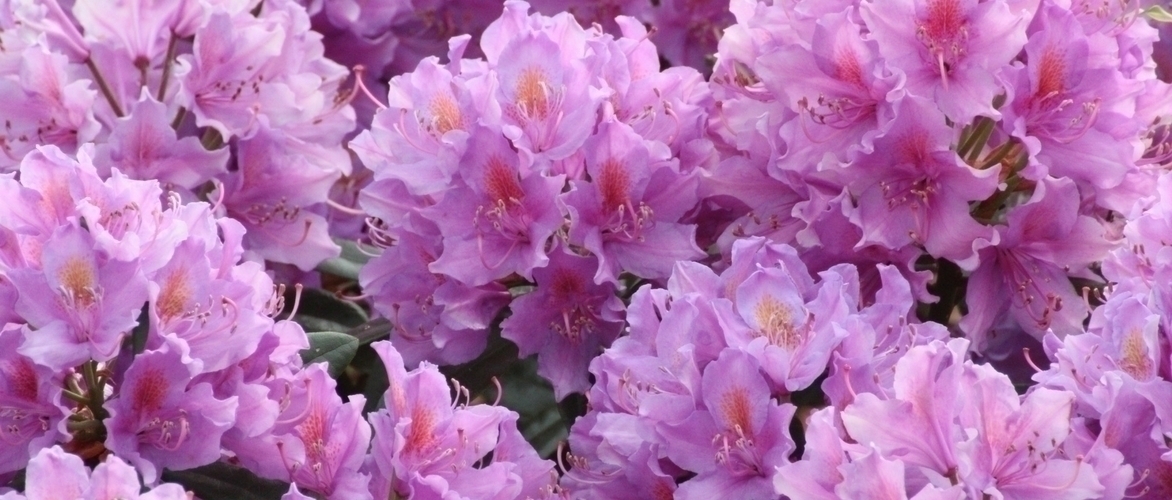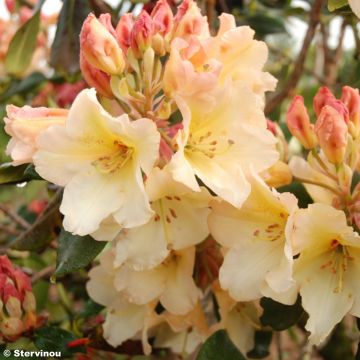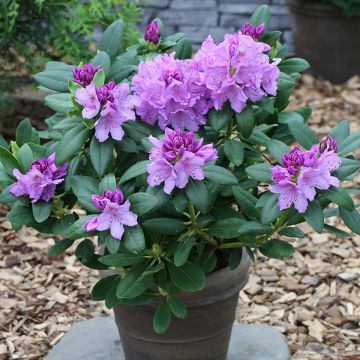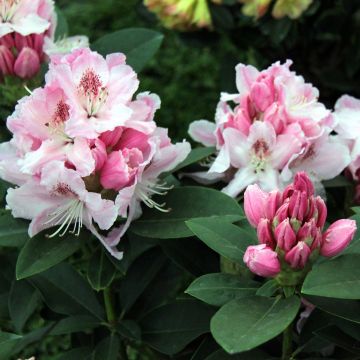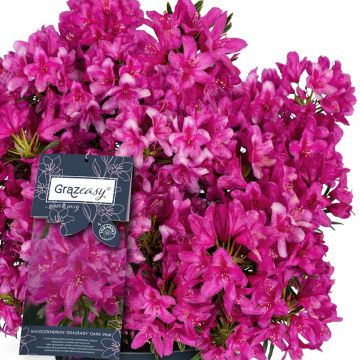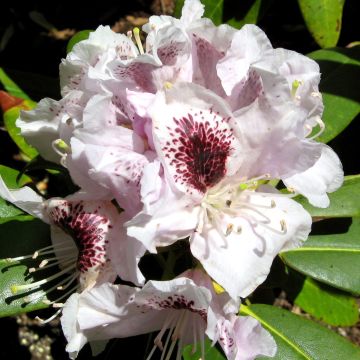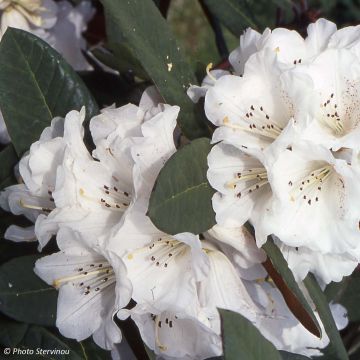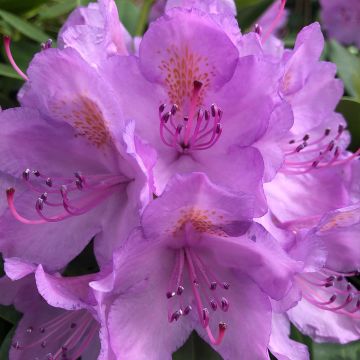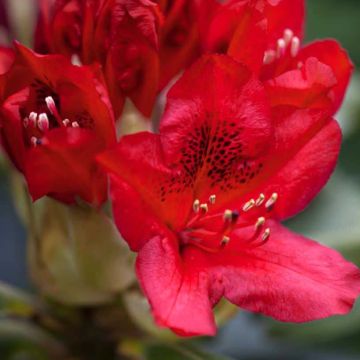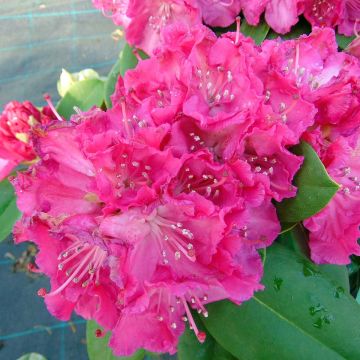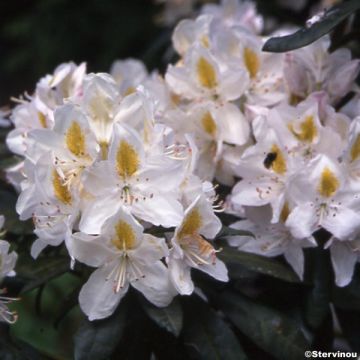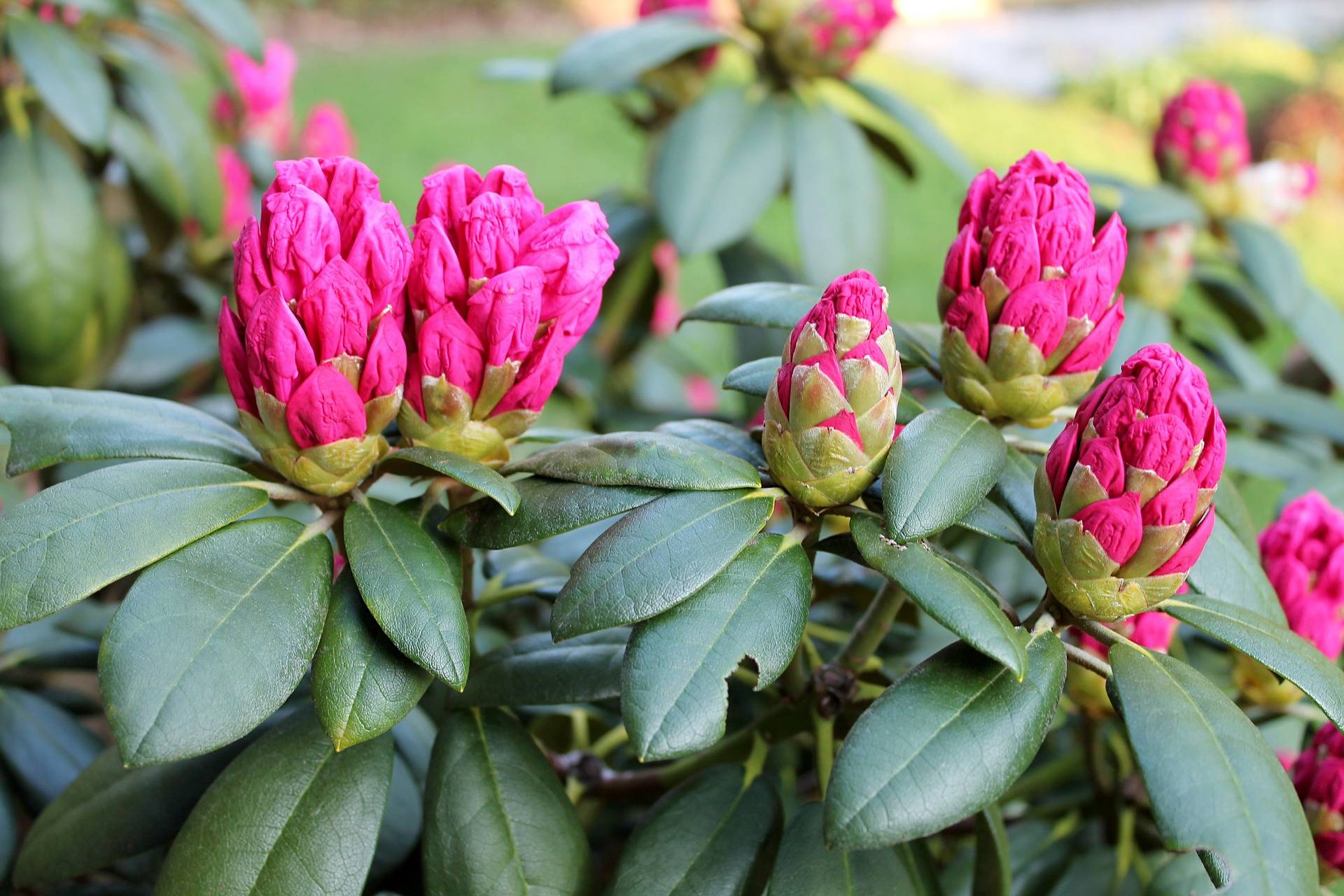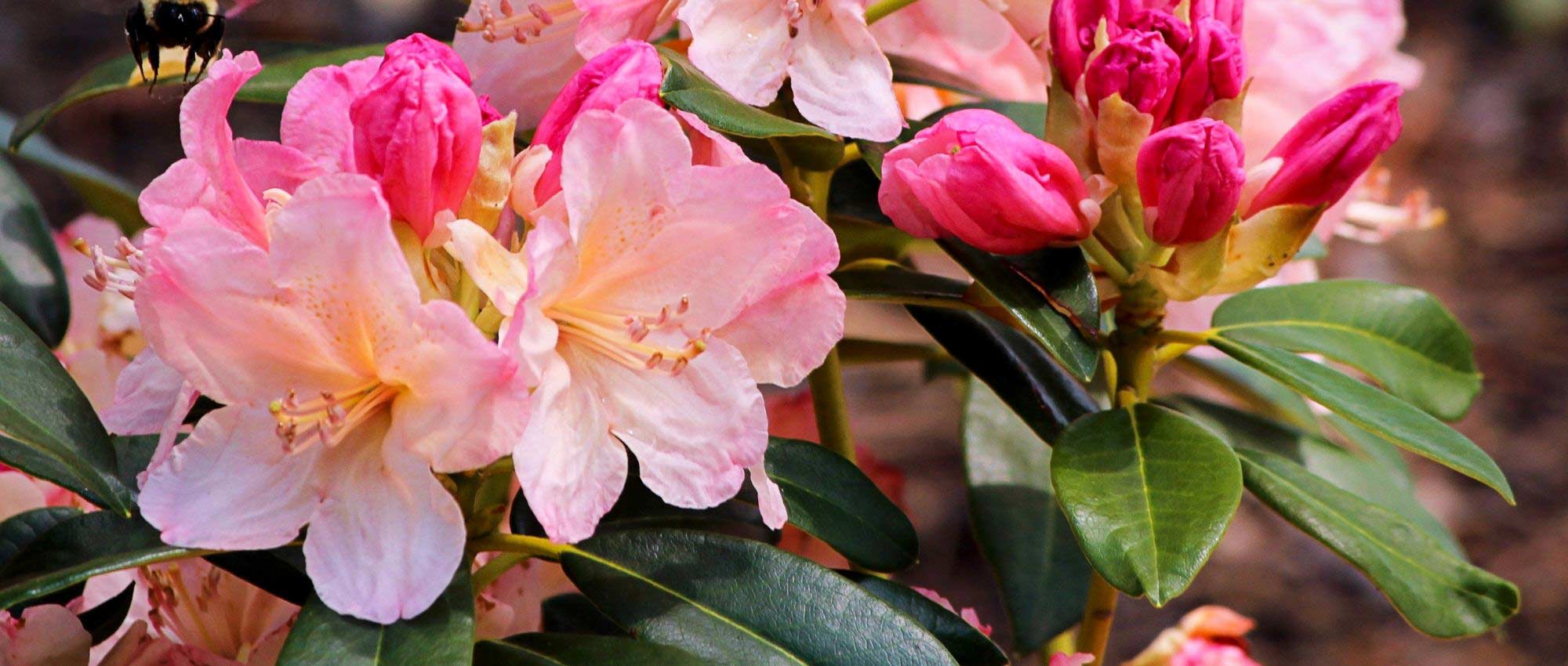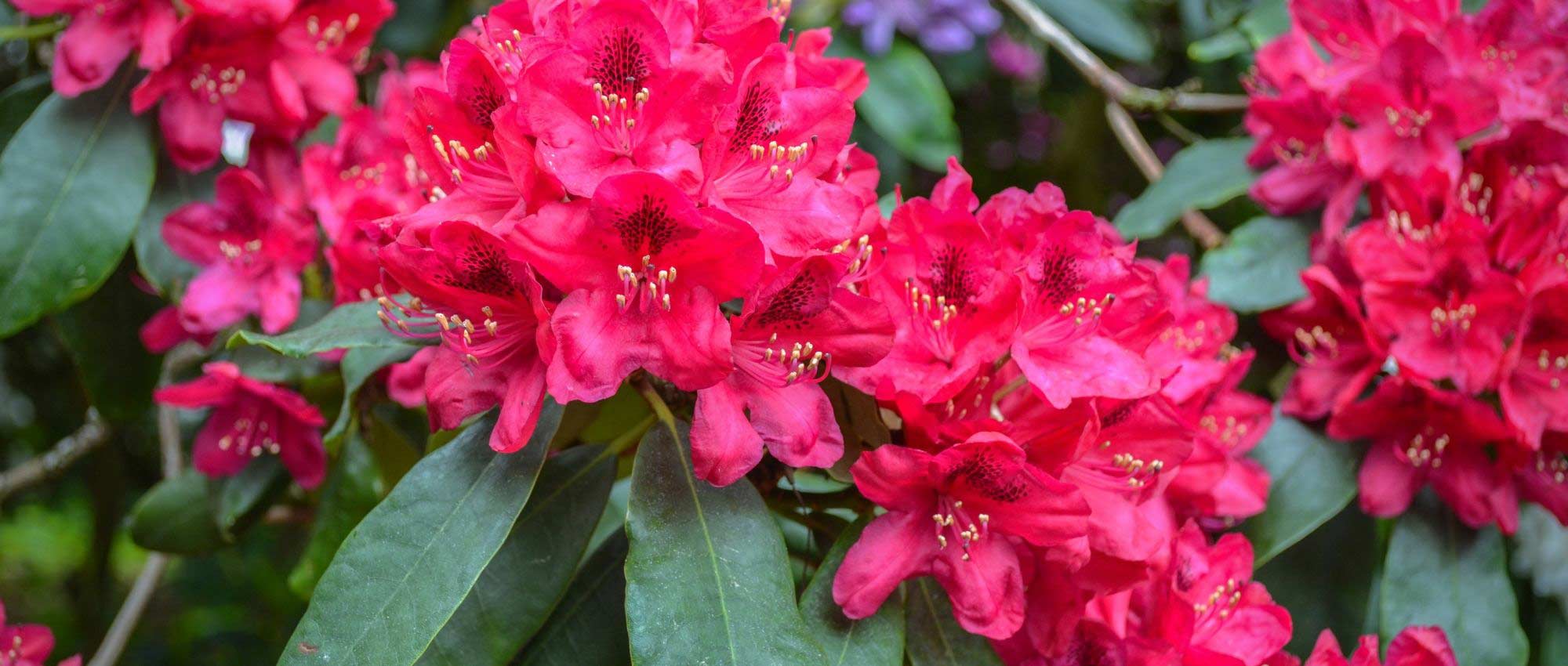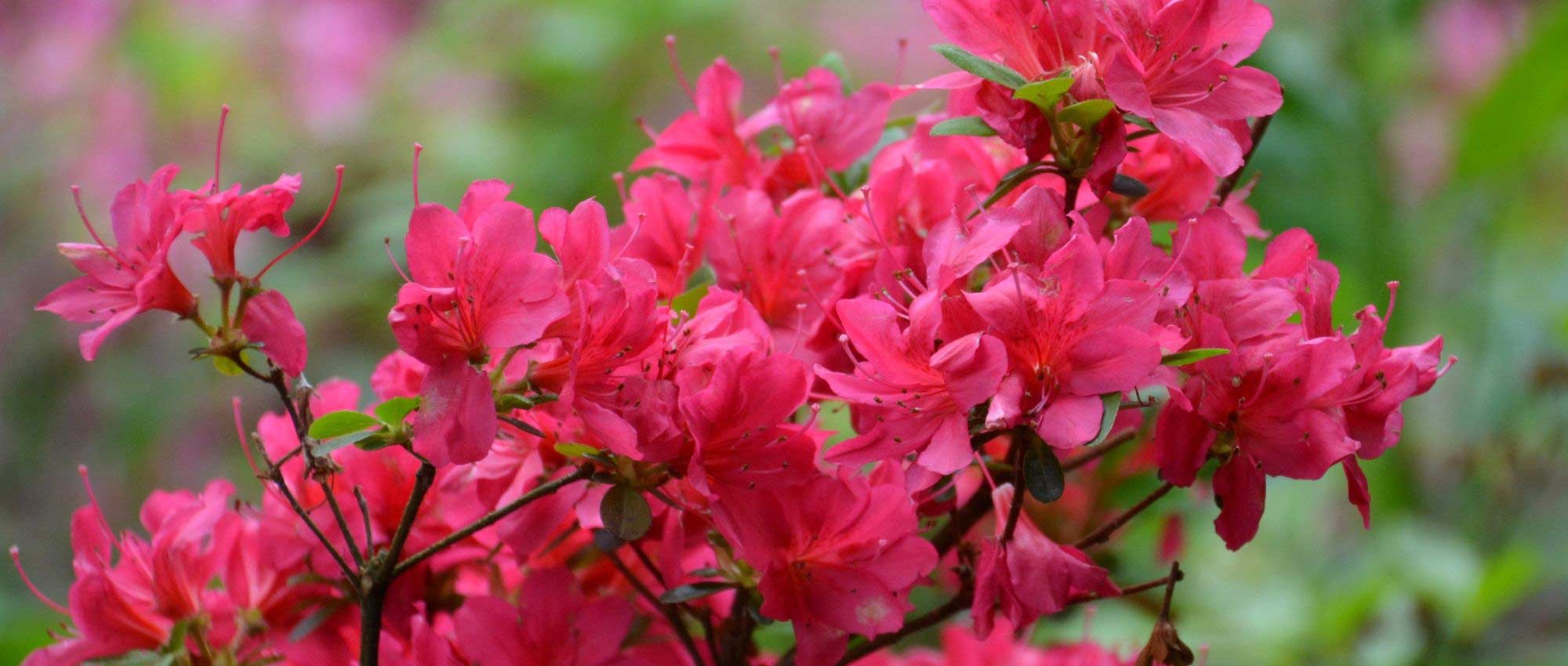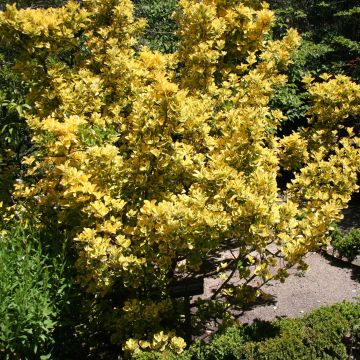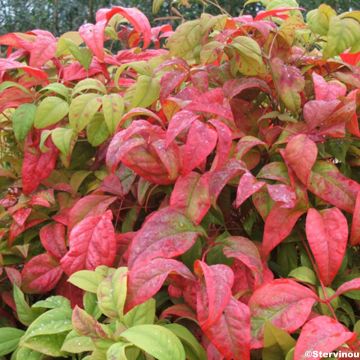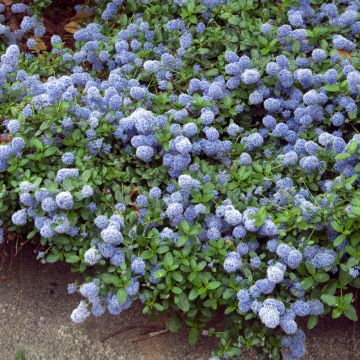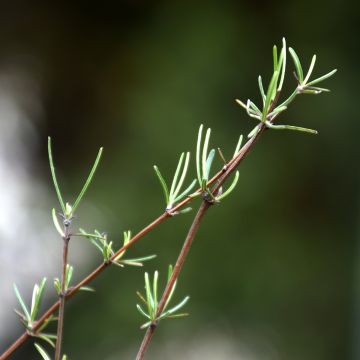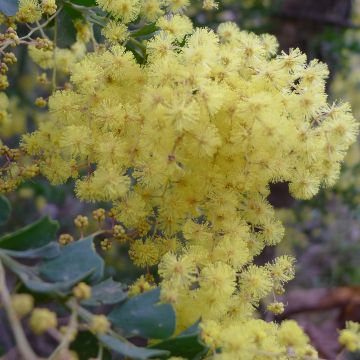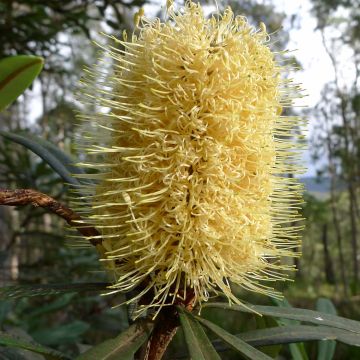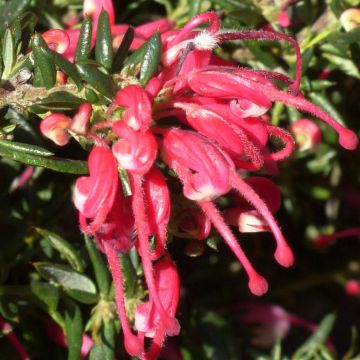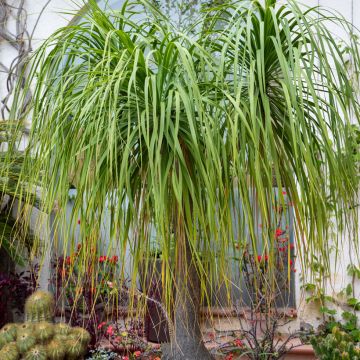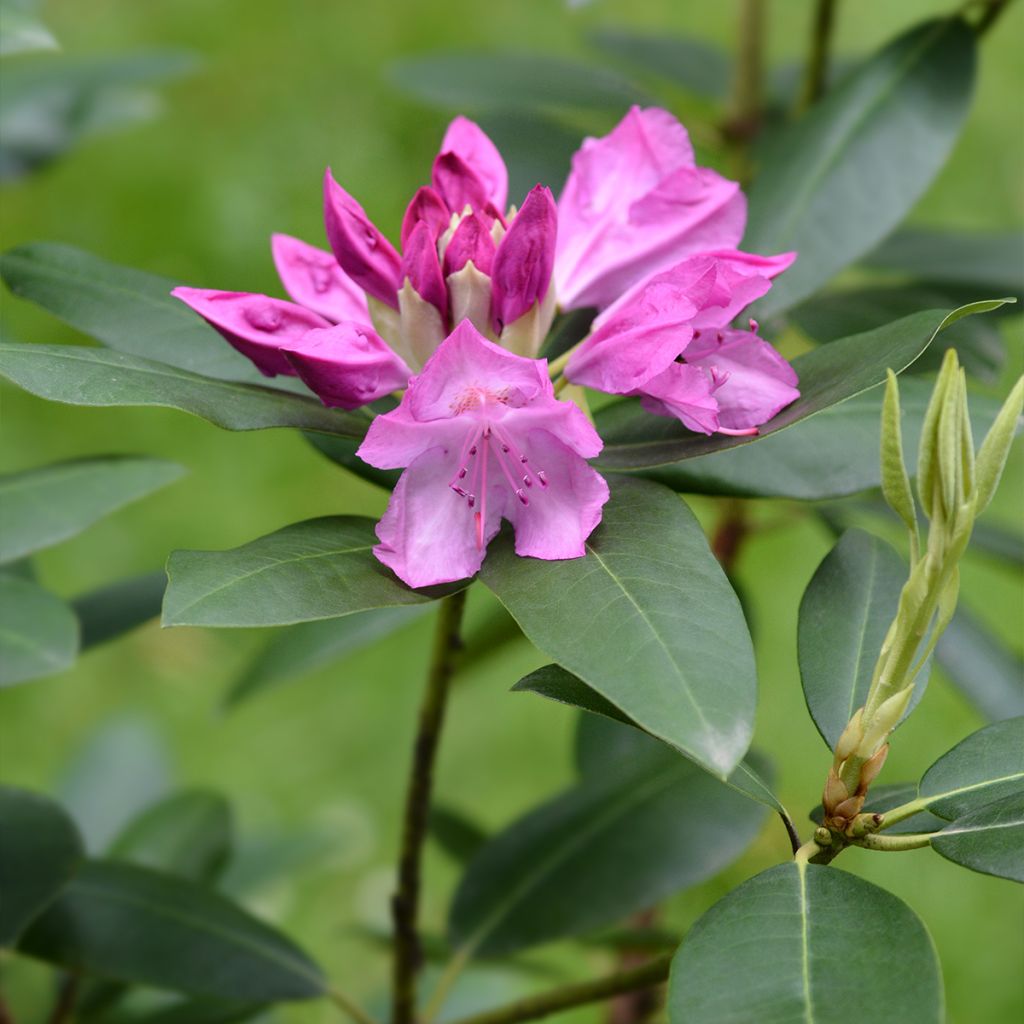

Rhododendron ponticum Roseum
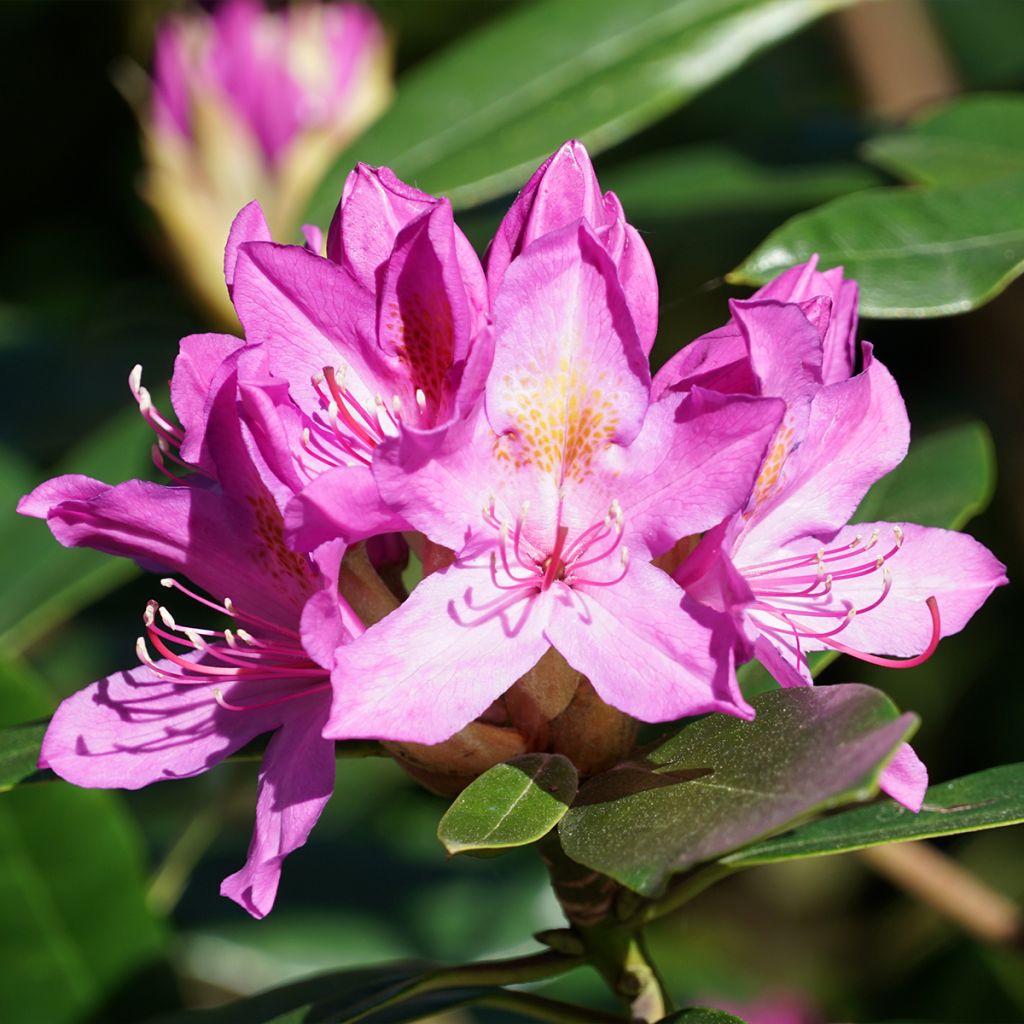

Rhododendron ponticum Roseum
Rhododendron ponticum Roseum
Rhododendron ponticum Roseum
Pontic Rhododendron
Very disappointed with this rhododendron which did not bloom and despite the rain and regular watering, will have to be removed in the spring.
Colette, 27/08/2024
Special offer!
Receive a €20 voucher for any order over €90 (excluding delivery costs, credit notes, and plastic-free options)!
1- Add your favorite plants to your cart.
2- Once you have reached €90, confirm your order (you can even choose the delivery date!).
3- As soon as your order is shipped, you will receive an email containing your voucher code, valid for 3 months (90 days).
Your voucher is unique and can only be used once, for any order with a minimum value of €20, excluding delivery costs.
Can be combined with other current offers, non-divisible and non-refundable.
Home or relay delivery (depending on size and destination)
Schedule delivery date,
and select date in basket
This plant carries a 24 months recovery warranty
More information
We guarantee the quality of our plants for a full growing cycle, and will replace at our expense any plant that fails to recover under normal climatic and planting conditions.
Would this plant suit my garden?
Set up your Plantfit profile →
Description
The Rhododendron ponticum 'Roseum' is a variety of Black Sea Rhodendendron with beautiful pink flowering. It is a plant of large development, capable of reaching the size of a small tree under favourable conditions. This Pontic Rhododendron forms an imposing mass of vegetation in all seasons with its dark green evergreen foliage. It is a very structured subject for a mass of ericaceous plants, with which it shares its requirements. An acidic or neutral, moist yet well-drained soil, and a semi-shaded exposure are favourable to its growth.
The Rhododendrons are plants of the Ericaceae family, which includes about a hundred genera, such as popular heathers, blueberries or strawberry trees, and others less known such as the beautiful flowering Kalmias, the delicate bell-shaped Enkianthus or the vibrant autumn colours of Oxydendrum. These plants prefer acid soils devoid of chalk, and humid climates.
The Rhododendron ponticum is a botanical species with large development originating from the Iberian Peninsula (southwest Spain and southern Portugal) as well as Turkey. Its distribution range extends to Georgia and Lebanon. It is present on the shores of the Black Sea, where it is endangered and in Portugal where efforts are being made to reintroduce it. In its original regions, the Pontic Rhododendron grows in wooded and often mountainous areas, up to 2,500m (8,202ft) in altitude. Introduced to the United Kingdom and Europe where it has been frequently planted in gardens, parks, and even directly in forests to promote game, the Rhododendron ponticum type has naturalized to the point of being classified today as a non-native invasive species harmful to local flora and fauna. This phenomenon is mainly observed in acidic soils and mild and humid climates such as those found in Ireland, Scotland, Brittany, Normandy, Aveyron, Charentes. This species has been crossed with others to produce some of our most beautiful and resistant rhododendrons, without invasive characteristics.
'Roseum' is a form with pink flowers that is just as vigorous as the species. Its generous pink to purplish-pink flowering is imbued with romantic charm. and occurs in May-June. At the end of the branches, clusters of 10 to 15 trumpet-shaped flowers measuring 5cm (2 in) in diameter appear. Devoid of fragrance the flowers are still nectar-rich, attracting bees. After pollination, woody capsules form containing a multitude of fine seeds dispersed by the wind. The dark green leaves measure from 10 to 15cm (3.9 to 5.9in) long and persist throughout winter. When planted in a bright exposure, this shrub adopts a dense habit, while in a shaded situation it will be slightly gangly, giving it a more wild appearance. The low branches of this Rhododendron root when they touch the ground, through a phenomenon of spontaneous layering. It will reach a height of about 4 to 5m (13.1 to 16.4ft) and a width of 3.5m (11.5ft) when fully grown. While it prefers acidic and sandy soils (pH between 4 and 6), the 'Roseum' Pontic Rhododendron is relatively tolerant and will accept loamy or neutral soils. Highly resistant to cold (down to -15°C or 5°F), it also tolerates heat well but dislikes dry soils, especially when young. Its root system remains shallow and doesn't like competition from other plants.
This splendid Rhododendron ponticum Roseum is undeniably a beautiful semi-shade shrub. It can be used in the back of a border, in the company of other ericaceous plants that will be enhanced by its dark foliage. A beautiful Hamamelis 'Jelena' with its orange winter spider-shaped flowers and its shimmering autumn-coloured foliage will be a perfect neighbour for this Rhododendron. The Japanese Andromeda, of medium size, with its white bell-shaped flowers and its red young shoots, will be a good candidate to plant in front of the Rhododendron, as well as the numerous varieties of Kalmia (mountain laurel). And at their feet, a carpet of 'Boskoop' heathers will bring brightness to the border with their golden foliage.
Rhododendron ponticum Roseum in pictures
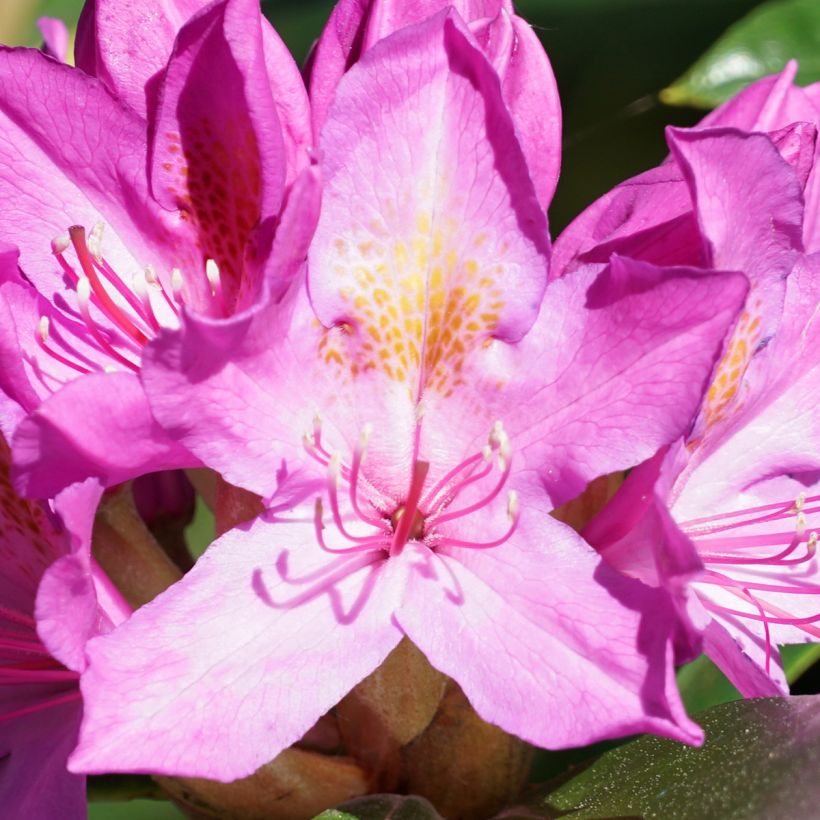

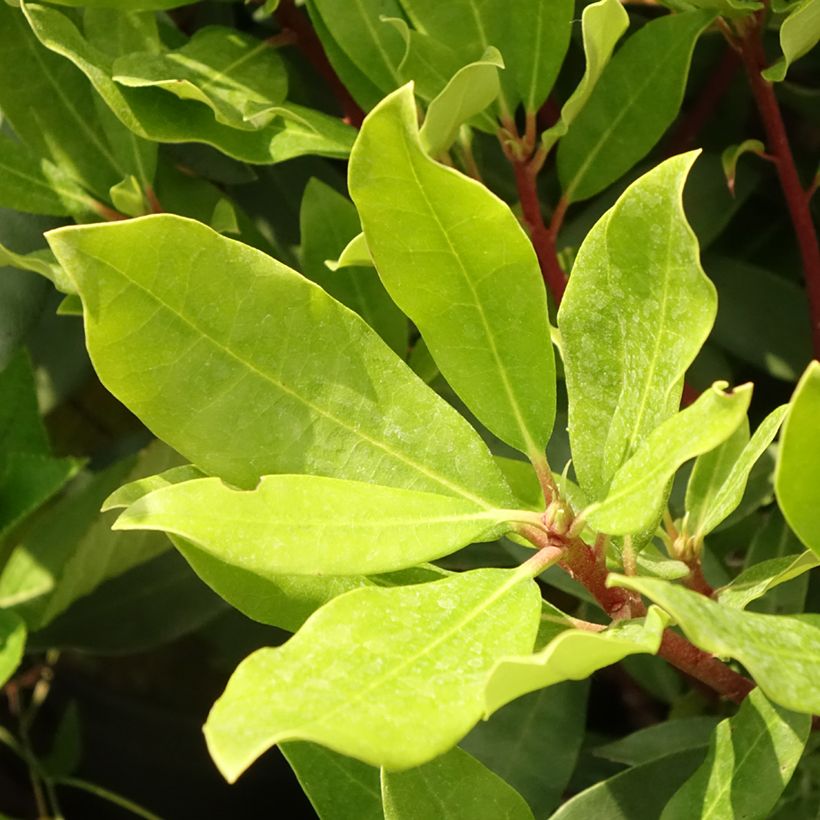

Plant habit
Flowering
Foliage
Botanical data
Rhododendron
ponticum
Roseum
Ericaceae
Pontic Rhododendron
Cultivar or hybrid
Other Large Rhododendrons
View all →Planting and care
Plant Rhododendron ponticum 'Roseum' in a semi-shade exposure, or morning sun or even in shade in warm climates, protected from cold and drying winds, in moist, humus-rich and light soil, acidic, neutral or even slightly alkaline. It does not tolerate strongly alkaline soils or heavy soils saturated with water in winter, and it dislikes dry soils, especially when it is young. However, it can tolerate hot summers. Dig a hole three times larger than the pot. Soak the root ball in non-alkaline water and plant the bush at the collar level, in a mixture composed of 1/4 organic matter, leaf compost, gravel or pumice, and loam. Water thoroughly and keep the soil moist in summer.
Azaleas and Rhododendrons have a shallow root system. Therefore, they are sensitive to long periods of drought. That's why a humus-rich soil and abundant watering during dry periods are recommended. In addition, this root system is not very strong, so it is essential to lighten heavy soils with free-draining materials (gravel, pumice, clay pellets) when planting. Place a mulch of shredded pine bark at the base of the bush to keep the soil cool while maintaining an acidic pH. As the bark decomposes, this operation should be repeated every year in spring.
Maintenance consists of cutting off faded flowers in summer, and removing dead branches. Azaleas and Rhododendrons can sometimes be attacked by weevils (harmful beetles) that eat the edges of leaves and rootlets, as well as the notorious "rhododendron beetle" which often does not cause severe damage. However, you can treat them if necessary by choosing a product approved for controlling these insects. Yellowing of leaves (chlorosis) in Rhododendron indicates poor take-up of iron from the soil and can lead to premature death of the plant. While lime is often the cause (in which case, it will be useful to provide iron chelate), poorly drained soil or a deeply planted root ball can also explain the phenomenon. Rhododendron ponticum also suffers from Phytophthora, a fungal disease that mainly occurs in both warm and humid soil and poorly drained soil.
Planting period
Intended location
Care
Planting & care advice
-
, onOrder confirmed
Reply from on Promesse de fleurs
Similar products
Haven't found what you were looking for?
Hardiness is the lowest winter temperature a plant can endure without suffering serious damage or even dying. However, hardiness is affected by location (a sheltered area, such as a patio), protection (winter cover) and soil type (hardiness is improved by well-drained soil).

Photo Sharing Terms & Conditions
In order to encourage gardeners to interact and share their experiences, Promesse de fleurs offers various media enabling content to be uploaded onto its Site - in particular via the ‘Photo sharing’ module.
The User agrees to refrain from:
- Posting any content that is illegal, prejudicial, insulting, racist, inciteful to hatred, revisionist, contrary to public decency, that infringes on privacy or on the privacy rights of third parties, in particular the publicity rights of persons and goods, intellectual property rights, or the right to privacy.
- Submitting content on behalf of a third party;
- Impersonate the identity of a third party and/or publish any personal information about a third party;
In general, the User undertakes to refrain from any unethical behaviour.
All Content (in particular text, comments, files, images, photos, videos, creative works, etc.), which may be subject to property or intellectual property rights, image or other private rights, shall remain the property of the User, subject to the limited rights granted by the terms of the licence granted by Promesse de fleurs as stated below. Users are at liberty to publish or not to publish such Content on the Site, notably via the ‘Photo Sharing’ facility, and accept that this Content shall be made public and freely accessible, notably on the Internet.
Users further acknowledge, undertake to have ,and guarantee that they hold all necessary rights and permissions to publish such material on the Site, in particular with regard to the legislation in force pertaining to any privacy, property, intellectual property, image, or contractual rights, or rights of any other nature. By publishing such Content on the Site, Users acknowledge accepting full liability as publishers of the Content within the meaning of the law, and grant Promesse de fleurs, free of charge, an inclusive, worldwide licence for the said Content for the entire duration of its publication, including all reproduction, representation, up/downloading, displaying, performing, transmission, and storage rights.
Users also grant permission for their name to be linked to the Content and accept that this link may not always be made available.
By engaging in posting material, Users consent to their Content becoming automatically accessible on the Internet, in particular on other sites and/or blogs and/or web pages of the Promesse de fleurs site, including in particular social pages and the Promesse de fleurs catalogue.
Users may secure the removal of entrusted content free of charge by issuing a simple request via our contact form.
The flowering period indicated on our website applies to countries and regions located in USDA zone 8 (France, the United Kingdom, Ireland, the Netherlands, etc.)
It will vary according to where you live:
- In zones 9 to 10 (Italy, Spain, Greece, etc.), flowering will occur about 2 to 4 weeks earlier.
- In zones 6 to 7 (Germany, Poland, Slovenia, and lower mountainous regions), flowering will be delayed by 2 to 3 weeks.
- In zone 5 (Central Europe, Scandinavia), blooming will be delayed by 3 to 5 weeks.
In temperate climates, pruning of spring-flowering shrubs (forsythia, spireas, etc.) should be done just after flowering.
Pruning of summer-flowering shrubs (Indian Lilac, Perovskia, etc.) can be done in winter or spring.
In cold regions as well as with frost-sensitive plants, avoid pruning too early when severe frosts may still occur.
The planting period indicated on our website applies to countries and regions located in USDA zone 8 (France, United Kingdom, Ireland, Netherlands).
It will vary according to where you live:
- In Mediterranean zones (Marseille, Madrid, Milan, etc.), autumn and winter are the best planting periods.
- In continental zones (Strasbourg, Munich, Vienna, etc.), delay planting by 2 to 3 weeks in spring and bring it forward by 2 to 4 weeks in autumn.
- In mountainous regions (the Alps, Pyrenees, Carpathians, etc.), it is best to plant in late spring (May-June) or late summer (August-September).
The harvesting period indicated on our website applies to countries and regions in USDA zone 8 (France, England, Ireland, the Netherlands).
In colder areas (Scandinavia, Poland, Austria...) fruit and vegetable harvests are likely to be delayed by 3-4 weeks.
In warmer areas (Italy, Spain, Greece, etc.), harvesting will probably take place earlier, depending on weather conditions.
The sowing periods indicated on our website apply to countries and regions within USDA Zone 8 (France, UK, Ireland, Netherlands).
In colder areas (Scandinavia, Poland, Austria...), delay any outdoor sowing by 3-4 weeks, or sow under glass.
In warmer climes (Italy, Spain, Greece, etc.), bring outdoor sowing forward by a few weeks.






























